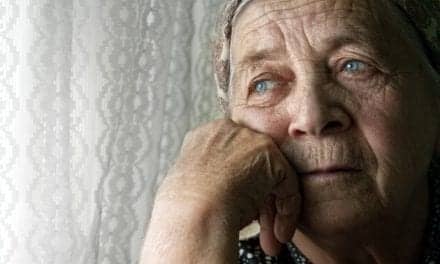The high prevalence of the common sleep disorder in the older adult population manifests a need for a focus on recognition and treatment, the authors of a SLEEP 2018 abstract say.
A new abstract shows a strong trend in increased insomnia diagnoses among Medicare beneficiaries. The time-series analysis estimates prevalence using a small sample of Medicare fee-for-service beneficiaries over a 7-year period, as well as identifies the use of insomnia-related medications from Part D prescription drug claims.
The research abstract was published recently in an online supplement of the journal Sleep.1 The findings also will be presented in June at SLEEP 2018.
The researchers found an increase of insomnia diagnoses from 2006 (4.2%) to 2013 (6.1%) in this population, and the use of medications increased from 24% in 2012 to 28% in 2013. The authors note that insomnia is a growing problem among Medicare beneficiaries in the United States and that women are more likely to have an insomnia diagnosis than men, albeit only slightly.
“We wanted to evaluate at a national level whether the prevalence of insomnia among older adults is going up, down, or staying the same,” says Emerson Wickwire, PhD, director of the insomnia program at the University of Maryland School of Medicine and an abstract coauthor. “Older adults are the fastest growing segment of the US population, and Medicare is the largest payer for medical care among older adults in the United States, so this is an ideal dataset to answer these questions. We also know that older adults are at increased risk for a multitude of sleep complaints and that insomnia is the most common sleep disorder seen in medical settings. This study is an exciting first step.”
To address the silent sleep epidemic among older adults, two things must happen, according to Wickwire. “First,” he says, “there needs to be greater access to nondrug treatments, such as cognitive-behavioral therapies for insomnia. Second, there must be continued development of insomnia medications with favorable risk-benefit profiles for use among this population.”
The researchers conclude that the results suggest “a need to focus on recognition and treatment of insomnia and related conditions among this population.” Wickwire says the next step is to evaluate the health and economic consequences of sleep disorders among older adults and the potential benefit of treatment. “We’re also very interested in examining the prevalence and consequences of insomnia in other samples, including working-aged and employee populations,” he adds. “Lastly, treatment studies that focus on implementation are desperately needed.”
Dillon Stickle is associate editor of Sleep Review.
Reference
1. Albrecht JS, Tom SE, Vadlamani A, et al. 0351 Trends in insomnia diagnosis among Medicare beneficiaries, 2006–2013. Sleep. 27 April 2018;41(suppl_1):A135.




